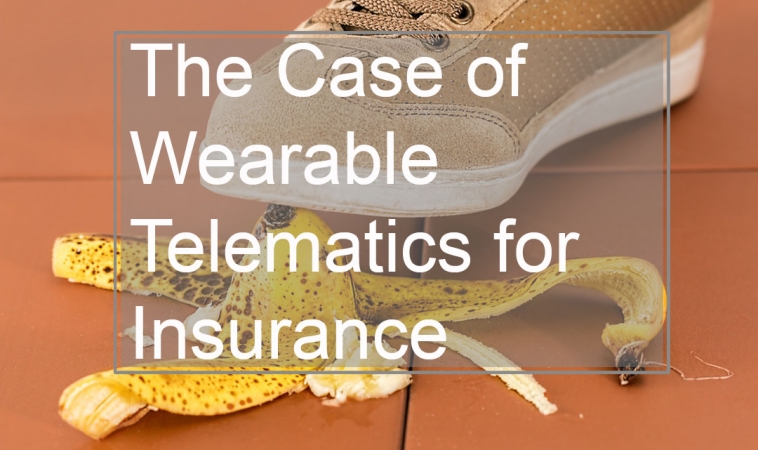
The Case of Wearable Telematics for Insurance
Wearable telematics is another form of technology that revolves around the gathering of information, and shows just how dependent our world is, or would be on information. There is a lot that can be done with information, and the potentials for businesses and industries will continue to be unimaginable. Businesses can now operate at greater levels and more effectively because of the knowledge provided to them by technology.
This effect will not be felt on businesses alone, as there are a number of industries that stand to gain a lot from the advancement in these information based technology systems. One of such industries is the insurance industry.
The insurance industry is one that has constantly struggled with sorting out the various kinks relating to the field. For example, the manner in which insured parties make claims to their life insurance plans. Since there is no way of measuring how exactly an individual is eligible to make a claim, it makes it increasingly abstract. However, the invention of wearable telematics is one that can absolutely transform the insurance world. In this article, we will be explaining the concept of wearable telematics, and providing insight on how such technology would be beneficial for a struggling industry like insurance.
So what are wearable telematics
As discussed earlier, the world is driven by information. This data crazed world has created a system whereby the generation of data on any subject matter can lead to the solution of several problems. The concept of wearable telematics was first released by Apple, when they showcased a device that resembled a wristwatch, but could intelligently record various statistics concerning an individual. This device would monitor the amount of miles such an individual had covered, the weight, heart rate and other information regarding a person. This device has made it more possible for healthcare companies to monitor their patients, However, it goes a long way beyond that. It just may be the saving factor for a struggling industry like insurance.
The case of wearable telematics for insurance
The development of these fitness trackers may seem to have been uncanny at first without much room for implementation, but upon second consideration it just may provide the solution the industry needs. A common case in the insurance industry is the increasing nature with which people make claims. Insurance companies are obligated to pay their customers when they are eligible, and this makes them very vulnerable to people that are trying to exploit them, or other unfair cases for a claim. There is always the debate in the insurance industry on whether people who lead an unhealthy lifestyle should be just as eligible as others when it comes to making a claim.
With the development of wearable technology, such data can now be fed into a data pool and analyzed by the insurance company. With this, they are able to monitor the health of their insured parties, and can take action to encourage those insured parties who are not getting enough exercise or are not engaging in healthy behaviour. In this way, the insurance company could find out who needs more exercise and be able to get them out of the house through vouchers, encouraging emails and other methods. In the future, if the law allows it, one may have variable premiums depending on fitness levels. While this seems like a very enticing prospect, it also requires a lot of research and investment. This technology would have to be further designed in order to realize its full potential. Another stumbling block would be the fact that the law simply may not permit the fact that insurance companies are looking for ways to limit the eligibility of individuals who have paid for insurance plans. Also, the fact that the data privacy of an individual is one that may be exploited, making it even more unlikely for the technology to be adopted.
This argument is one that supports discussions both for and against the technology being used for insurance claims. However, this fascinating technology is one that still manages to amaze. The mere potential of the fact that such monitoring systems can be put in place in order to ensure that individuals get as much exercise or rest as needed is very appealing.
Another key aspect of the success of these technology or programs implemented is the ability of the insurance companies to engage their clients for healthy behaviors to be encouraged. With this, people will be encouraged to live healthier lifestyles and become less vulnerable to sicknesses brought about by bad health habits.
Brought to you by RobustTechHouse. We provide Fintech Development services.
Also published on Medium.










Thank You for this.
Your explanation is organized very easy to understand!!! I understood at once. Could you please post about casino online ?? Please!!
Hi,
The insurance industry plays a crucial role in modern economies by fostering stability and resilience. It serves as a safety net, allowing individuals and businesses to navigate the uncertainties of life without the fear of catastrophic financial loss. From health and life insurance to property and casualty coverage, the diverse array of insurance products reflects the industry’s adaptability to the unique risks that different aspects of life present.Texas Insurance